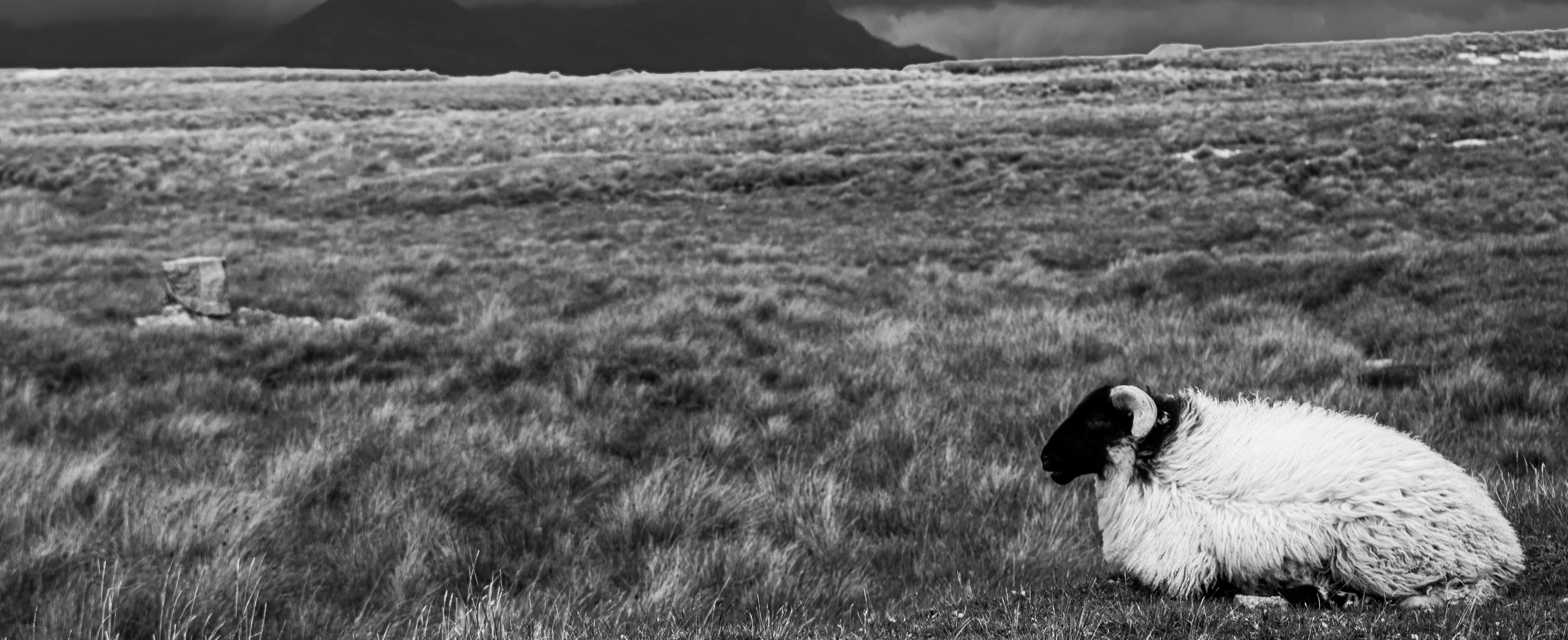Abstract
When I analysed the diversity of (non-human) animal life in the abstracts from the Australian Animals Study Group conference in July 2013, I identified a concentration on large, well-known mammals, which from a zoological standpoint are a miniscule proportion of the world’s animals, and even a highly skewed sample of mammals. It raises questions about the interpretation of ‘animal’ if for one person it denotes ‘big mammal’ and for another a rat, a bat or even a bristle worm. As a zoologist, I work in a world where animals are classified in orders, genera and species. The formal Linnaean system of classification, with its Latin names, is the best way we have of coping with understanding the diversity of all life. I argue that it puts all animals on an equal footing, including humans. In contrast to Latin names, common names are not standardised, yet this was the only way in which animals were identified in the abstracts. The process of classification of animals raises many issues. While I argue for the use of the binomial Latin names, the challenge is to remain cognisant of the contestability of any system of classifying animals. It would be a mistake to draw, from an analysis of a small, skewed sample of animals, conclusions which supposedly hold for all animals. In my view, there is an evident bias in the abstracts towards companion animals and farm animals. There are ethical, ecological and cultural consequences of playing favourites with species. The invisibility of most native animal species within human cultural constructs can have dire consequences for their survival. As such, this paper was written to help integrate a zoologist’s view of animal life into the discourse on the study of animals.
How to Cite:
Lunney, D., (2014) “What's in a name? Well, 'this ere "tortis" is a insect'”, Animal Studies Journal 3(1), 46-72.
Downloads:
Download PDF
303 Views
528 Downloads

